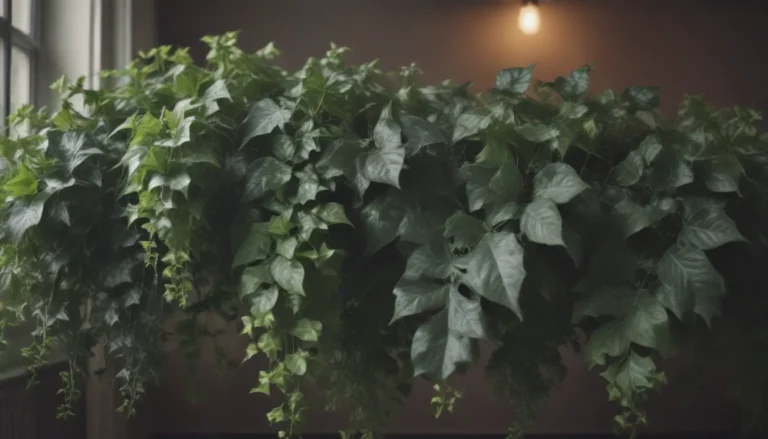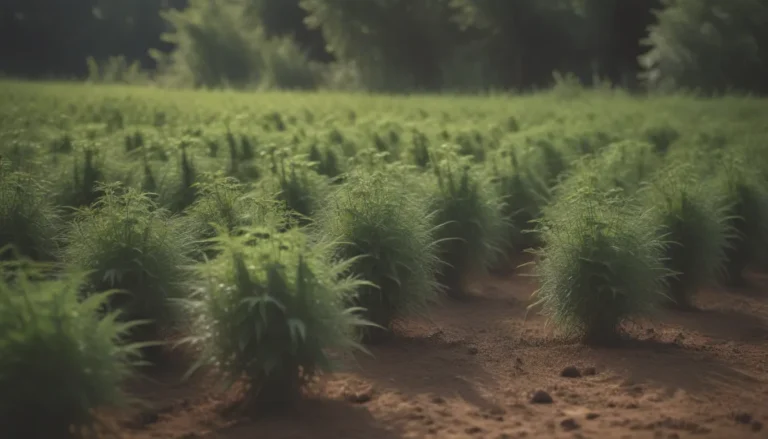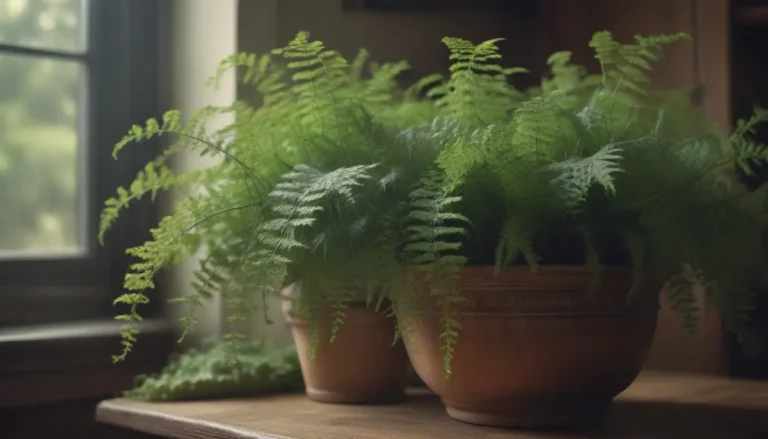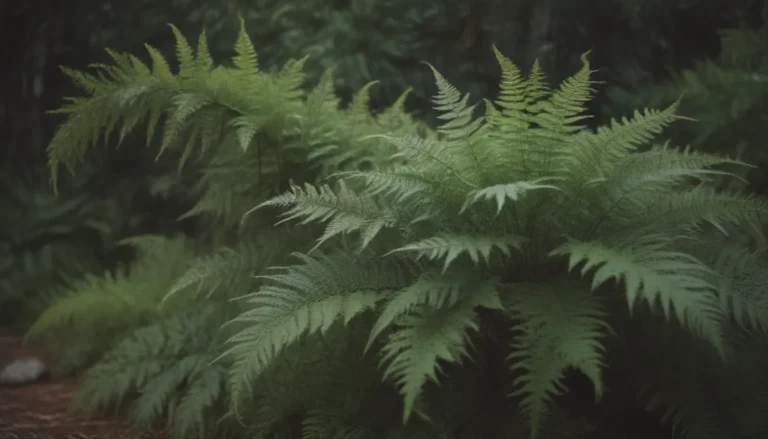Comprehensive Guide to Growing and Caring for Crown Imperials
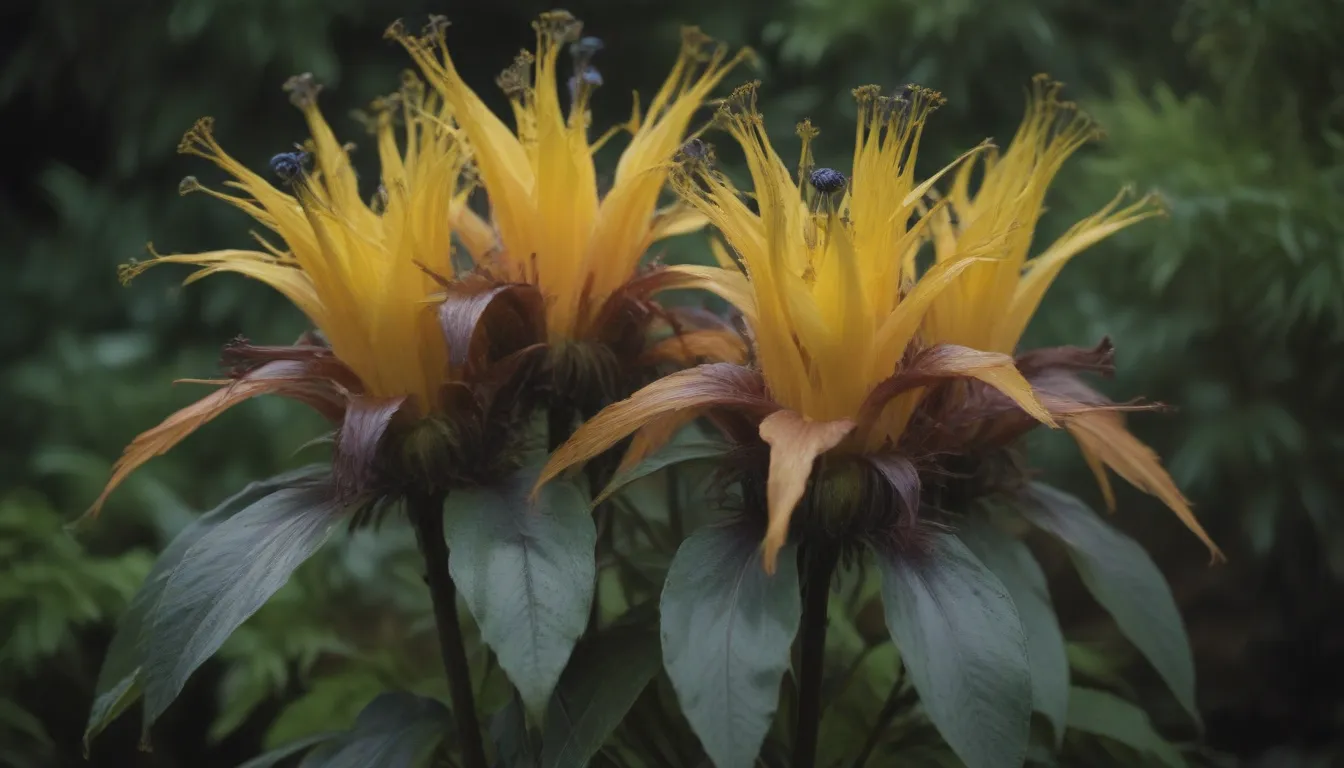
If you’re looking to add a touch of bold, colorful beauty to your garden, crown imperials are a fantastic choice. These stunning plants have been enjoyed by plant enthusiasts for centuries, and their vibrant blooms make a striking statement in any landscape. In this comprehensive guide, we’ll cover everything you need to know about growing and caring for crown imperials, from planting to propagation and beyond.
Introduction to Crown Imperials
Crown imperials, also known as Fritillaria imperialis, are low-maintenance bulbs that thrive in full sunlight and well-draining soil. They are typically grown in USDA hardiness zones 5-8 and can come back year after year with the right care. It’s important to note that crown imperials are toxic to both people and pets, so it’s essential to handle them with caution.
Crown Imperials Care Tips
Light
Crown imperials prefer full sun but can also tolerate semi-shade conditions. Providing them with 6 to 8 hours of sunlight per day will help them thrive and produce vibrant blooms.
Soil
These versatile plants can grow in a variety of well-drained soils with varying pH levels. Native to regions like the Himalayas and Turkey, crown imperials prefer warm, semi-arid summer soil and do well on cliffs and rocky slopes.
Water
Water your crown imperials only when they are actively growing in the spring. Aim to give them about one inch of water per week if there is no rainfall. Keep the top six inches of soil moderately moist, as these plants do not require excessive watering and can tolerate drought.
Temperature and Humidity
Crown imperials are hardy plants that can withstand a range of temperature and humidity levels. They are tolerant of temperatures as low as -30 degrees Fahrenheit, making them a resilient choice for many climates.
Fertilizer
In the spring, provide your crown imperials with an organic fertilizer, followed by a diluted liquid fertilizer in the fall. Be sure to follow the product label instructions for the correct application amounts. Additionally, adding compost and mulch in the autumn can help insulate the bulbs and promote healthy growth.
Varieties of Crown Imperials
Crown imperials come in a variety of stunning varieties, each with its unique characteristics and colors. Some popular varieties include:
- F. imperialis ‘Maxima Lutea’
- F. imperialis ‘Aurora’
- F. imperialis ‘The Premier’
- F. imperialis ‘Aureomarginata’
- F. imperialis ‘Rubra Maxima’
- F. imperialis ‘Brahms’
- F. imperialis ‘Beethoven’
- F. imperialis ‘Bach’
These varieties are sure to add a burst of color and elegance to your garden.
Pruning and Propagation
Pruning
During the summer, the foliage of crown imperials will go dormant. Trim off spent flowers, but leave the foliage intact to allow the plant to store energy for the next growing season.
Propagation
Every three to five years, typically in late summer or early fall, dig up mature bulbs, separate them, and replant them. This process not only creates new plants but also helps existing plants thrive and produce abundant flowers.
Overwintering and Pest Management
Overwintering
Crown imperials do not require winter protection, as their foliage dies back in the summer. In milder climates, consider digging up the bulbs in early winter, drying them thoroughly, and storing them in the refrigerator for 4 to 6 weeks before replanting in the spring.
Common Pests and Diseases
Crown imperials are generally resistant to common diseases but may be susceptible to scarlet lily beetles. Hand removal of these pests and setting up glue traps can help protect your plants. The skunky odor of the bulbs also acts as a natural deterrent to rodents and deer.
Blooming and Bloom Care
Blooming
Crown imperials typically bloom from spring to early summer, offering a range of colors and fragrances. Their unique bell-shaped flowers and bold foliage make them a standout in any garden.
Encouraging Blooms
For optimal flowering, plant crown imperials in full sun. If the plant does not bloom in the first year, consider using a high-phosphorus and potassium fertilizer to boost blooming. Deadheading spent flowers can help the plant regenerate energy for the next season.
Final Thoughts on Crown Imperials
In conclusion, crown imperials are a stunning addition to any garden, offering vibrant blooms and a unique aesthetic. With proper care and attention to their specific needs, these plants can thrive year after year, delighting you with their beauty each spring. Whether you’re a seasoned gardener or a novice enthusiast, crown imperials are a wonderful choice for adding color and elegance to your outdoor space. Happy gardening!


